MoMA acquires original emojis
Updated: 2016-10-28 10:11
(Agencies)
|
||||||||
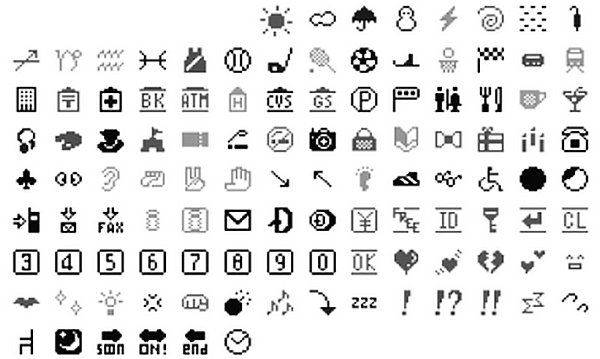 |
|
A set of 176 original emoji characters has been donated to the Museum of Modern Art in New York. [Photo/Agencies] |
The year was 1999 and the tiny 12-by-12 pixel designs-smiley faces, hearts of the intact and broken variety, cats, and so on-were mainly popular in Japan. In 2010, Unicode Consortium, which now controls emoji standards, translated the emoji into the Unicode standard, which means that a person in France, for example, can send an emoji to a person in the United States and it will look the same, no matter what brand of phone or operating system they use.
New York's Museum of Modern Art said on Wednesday that it has acquired the original set of 176 emojis. They were a gift to the museum from the phone company, Nippon Telegraph and Telephone.
"From the start (in 1929!), part of MoMA's mission has been to display and collect the art (and design) of our time," Paola Antonelli, senior curator of the Department of Architecture and Design at the museum, says. "Our time is lived today in both the digital and the physical space."
The museum's other digital acquisitions have included the "@" symbol and video games.
As to how a museum acquires something as ubiquitous as a keyboard symbol or an emoji, Antonelli noted design works differently than art, which in many cases is unique-think of a painting or a statue. Some design elements, such as the "@" symbol, are in the public domain, which means anyone can use them and the museum can simply display them.
The museum will show the emojis in its lobby through the year, using 2-D graphics and animations, and connecting the old emojis with the current generation.
Today, the Unicode Consortium recognizes nearly 1,800 emojis. There's wine, a baby bottle, a dancing woman in a red dress, and, of course, poop. There have been emoji-controversies, such as Apple's decision to replace the gun symbol with a bright green toy pistol.
The human faces in emoji have grown more racially diverse in recent years, and over the summer 11 new emojis were added representing female professionals, rounding out their male counterparts, thanks to a proposal from Google.
New emojis are added regularly, and continue to evolve and reflect our changing times.
"(Emojis) as a concept go back in the centuries, to ideograms, hieroglyphics and other graphic characters, enabling us to draw this beautiful arch that covers all of human history," Antonelli says. "There is nothing more modern than timeless concepts such as these."
- Hefty award offered for deciphering oracle bone characters
- China Daily brings you 'sixth plenums' in past 35 years
- Party ramps up supervision
- 400,000 migrant workers flock to Xinjiang to harvest cotton
- China anticipates booming job market in 2016
- Online shopping platform selects cat as 'chief cute officer'
- Asia American leaders discuss civic engagement
- World's disabled get new champion
- Clinton, Michelle Obama make first joint campaign appearance
- Miss Philippines wins 2016 Miss International Beauty Pageant
- Trump's Hollywood Walk of Fame star destroyed
- Maduro activates Defense Council to seek solution to crisis
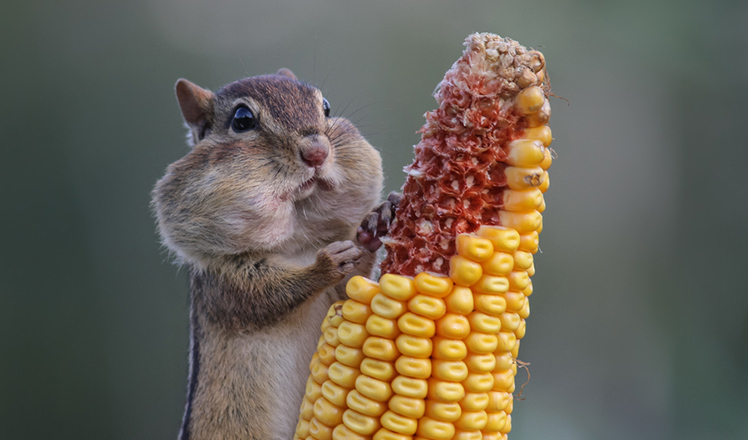
 2016 Comedy Wildlife Photography Awards Finalists
2016 Comedy Wildlife Photography Awards Finalists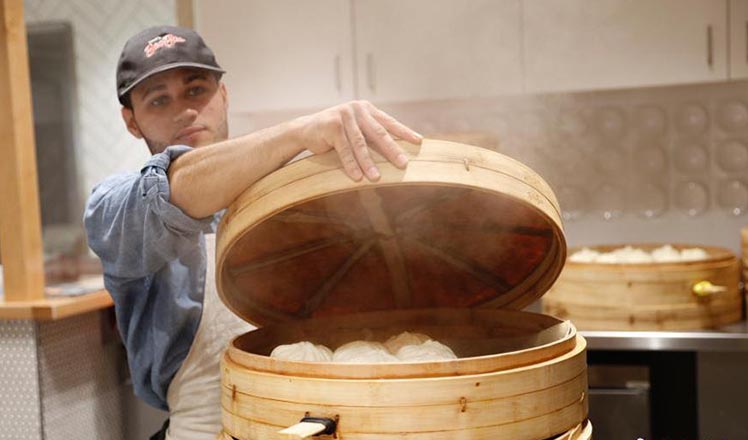
 Chinese baozi shop gains popularity in Harvard Square
Chinese baozi shop gains popularity in Harvard Square
 Chinese mariner on record-breaking voyage goes missing
Chinese mariner on record-breaking voyage goes missing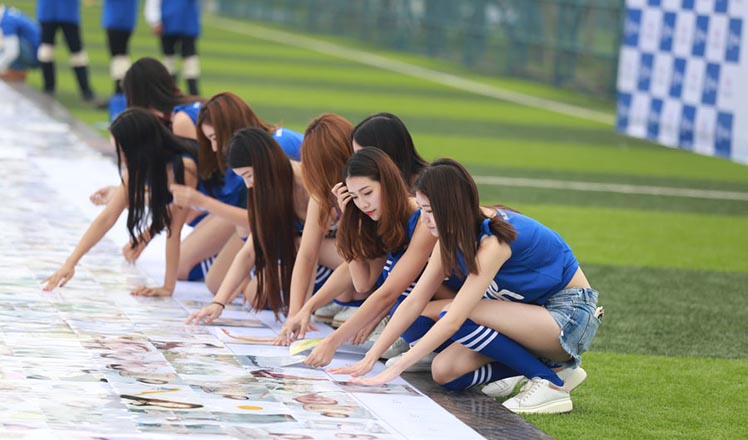
 2045-square-meter photo mosaic breaks world record
2045-square-meter photo mosaic breaks world record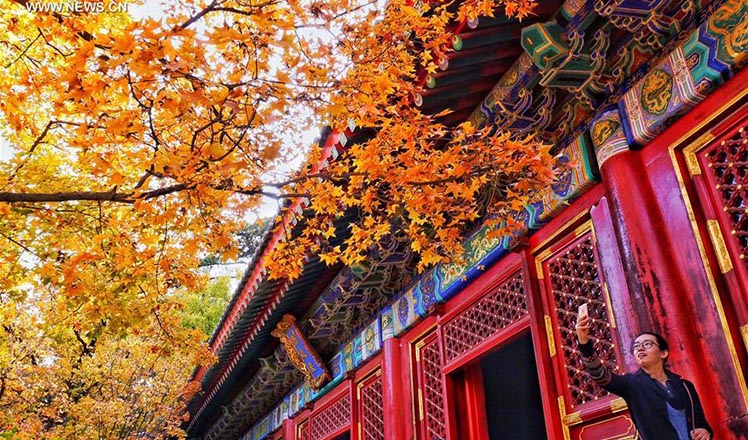
 Red leaves reveal beauty of autumn
Red leaves reveal beauty of autumn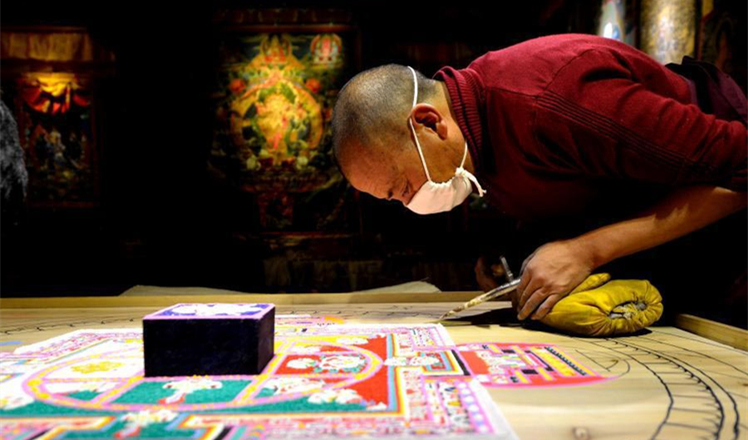
 Tibet mandala: The world in a grain of sand
Tibet mandala: The world in a grain of sand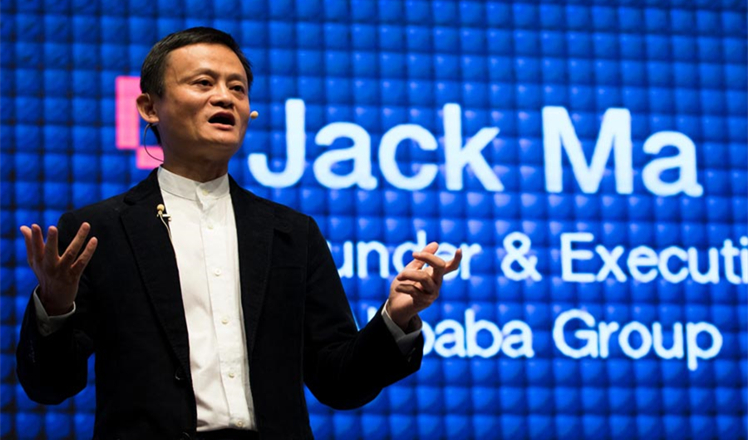
 Top 10 Chinese tycoons in IT industry
Top 10 Chinese tycoons in IT industry
 Planes ready to take off at Airshow China
Planes ready to take off at Airshow China
Most Viewed
Editor's Picks

|

|

|

|

|

|
Today's Top News
'Zero Hunger Run' held in Rome
Trump outlines anti-terror plan, proposing extreme vetting for immigrants
Phelps puts spotlight on cupping
US launches airstrikes against IS targets in Libya's Sirte
Ministry slams US-Korean THAAD deployment
Two police officers shot at protest in Dallas
Abe's blame game reveals his policies failing to get results
Ending wildlife trafficking must be policy priority in Asia
US Weekly

|

|







